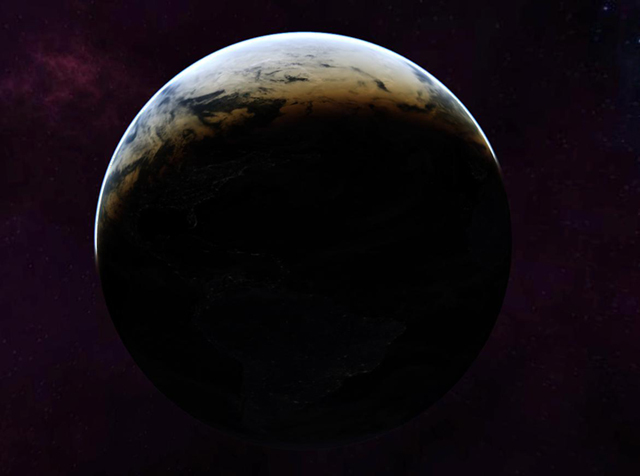Tread Carefully
 A point charge is placed at a distance 17m from the center of a grounded conducting sphere of radius 15m. What is the ratio of the charge induced on the part of the sphere visible from the charge to that on the rest of the sphere?
A point charge is placed at a distance 17m from the center of a grounded conducting sphere of radius 15m. What is the ratio of the charge induced on the part of the sphere visible from the charge to that on the rest of the sphere?
The answer is 4.
This section requires Javascript.
You are seeing this because something didn't load right. We suggest you, (a) try
refreshing the page, (b) enabling javascript if it is disabled on your browser and,
finally, (c)
loading the
non-javascript version of this page
. We're sorry about the hassle.
2 solutions
And yes @Thaddeus Abiy Thanks for teaching me the wonderful property that the tangent contact point lies exactly above the image charge
Thumbs Up .....
Ya I too did it the same way.Using image charges is quite beneficial here.
We use the method of images 1)The case is quite simple version of the image charge theory.We know that the image charge carries a charge − q R / d and is placed at a distance of R 2 / d from the centre.2)Now take a ring between the angles @ a n d @ + d @ we find the component of the electric field perpendicular to the surface of the ring produced by the system of 2 charges.Then From Gauss Law this must be d Q / E o .So now that we have the required differential that looks as ( R q / 2 ) ( d 2 − R 2 ) s i n @ d @ / ( R 2 + d 2 − 2 R d c o s @ ) ( 1 . 5 ) = d Q we may integrate under suitable limits.The ratio will be of the form ( 1 / 2 − 1 / 8 ) / ( 1 / 8 − 1 / 3 2 ) = 4
Beautiful question, thanks for sharing
it can be shown using image theory and using ϵ ∂ r ∂ V = σ
That the surface charge density at an angle
θ from the line joining charge and centre is
2 π R ( R 2 + L 2 − 2 L R c o s ( θ ) ) 3 / 2 Q ( R 2 − L 2 )
now , by choosing surfaces and integrating, the total induced charges within a cone of half angle θ with axis as the line joining them is
2 L Q ( ( R + L ) + ( R 2 + L 2 − 2 L R c o s ( θ ) ) 1 / 2 R 2 − L 2 )
finally, the portion of sphere visible from point charge is defined by the conical surface of the tangent lines from the external charge to the sphere, and amazingly it turns out that it is just above the image charge location
And the corresponding value of c o s ( θ ) is
l R
substituting we have
S = 2 L Q ( R + L ) ( ( 1 − L + R L − R )
and now, what we need is the ratio of this with the invisible portion
or simply
S Q − 1 1 = 4
(substitute values to get 4)